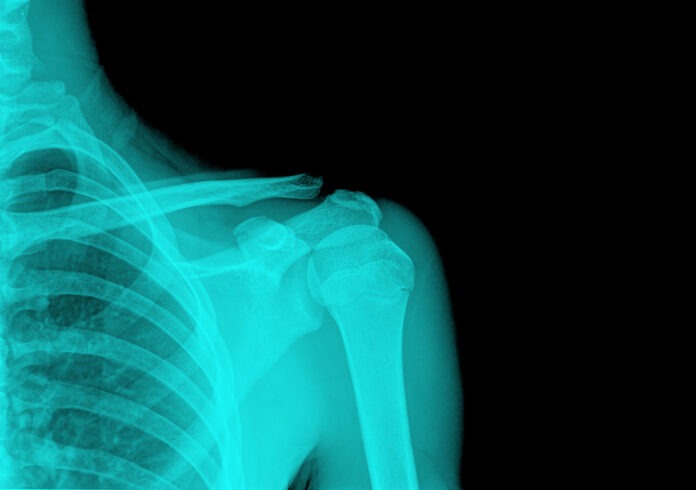The shoulder joint offers a remarkable range of movement, allowing us to play, work and express through body language—communicating doubt through a shrug or resolve by squaring them back. They also can collect tension or round forward when we feel insecure. Shoulders can suffer repetitive strain from a job, a hobby, playing an instrument or a sport. Most problems in the shoulder involve the muscles, ligaments, and tendons, rather than the bones. Often, to ignore the pain and “get through” a shoulder injury aggravates the condition, and may cause more problems. A cycle of steady pain, weakness in the arm, or limitation of joint motion can feel difficult to overcome.
Shoulder problems fall into the following categories. Instability involves insufficient support to hold the shoulder in its normal position. This condition is characterized by pain upon raising the arm or a feeling that the shoulder is slipping out of place. Impingement results from irritation caused by rubbing of the shoulder muscles against the bony structures within the shoulder assembly. Rotator cuff injuries are some of the most common and painful injuries of the shoulder. The rotator cuff muscles hold the shoulder joint together and act to rotate the arm and lift it to reach overhead.
Understanding the location and source of the shoulder pain is the first remedy to soothing and supporting the shoulders. The second step is to look for larger patterns in the body that place too much strain on the shoulders. Finally, to work holistically we look for an underlying root that might feed the problem: how our attitudes or lifestyle might cause us to over-ride the pain response and burden the shoulders.
Holistic treatment such as Correctional Alignment Massage or Yoga Therapy will release the muscles that hold chronic tightness–often in the upper back and neck–and strengthen the muscles that support safe, pain-free shoulder function to give lift, support and lightness to the spine and anchor the shoulder blades down the back. A close look at body mechanics can reveal patterns that wear and fray rotator cuff muscles and tendons, and a careful re-patterning of the movement will mitigate such effects.
On a larger scale, imbalances in distant parts of the body can cause shoulder strain. For example, when the foundational leg and hip muscles are weak, the upper body and shoulders strain to hold the torso up. Conversely, when the hip flexors are excessively tight, the torso can become “hunched” or “folded,” and the skewed center of gravity forces the shoulders to round forward and tighten the neck muscles. This case would first necessitate the release of the underlying tension, opening the chest, and strengthening the superficial and deep back muscles.
Finally, cultivating techniques of mindfulness in daily life, stress reduction techniques, and uncovering the strength, balance, confidence and peace within gives us the perspective and calm to face life’s joys and challenges with ease and equanimity.
Saundarya O’Donnell is a licensed Massage Therapist and Certified Yoga Therapist and offers Correctional Alignment Massage and Yoga Teacher Certification. She can be reached at 734-369-2054 or at saundarya@annarboryoga.com.











